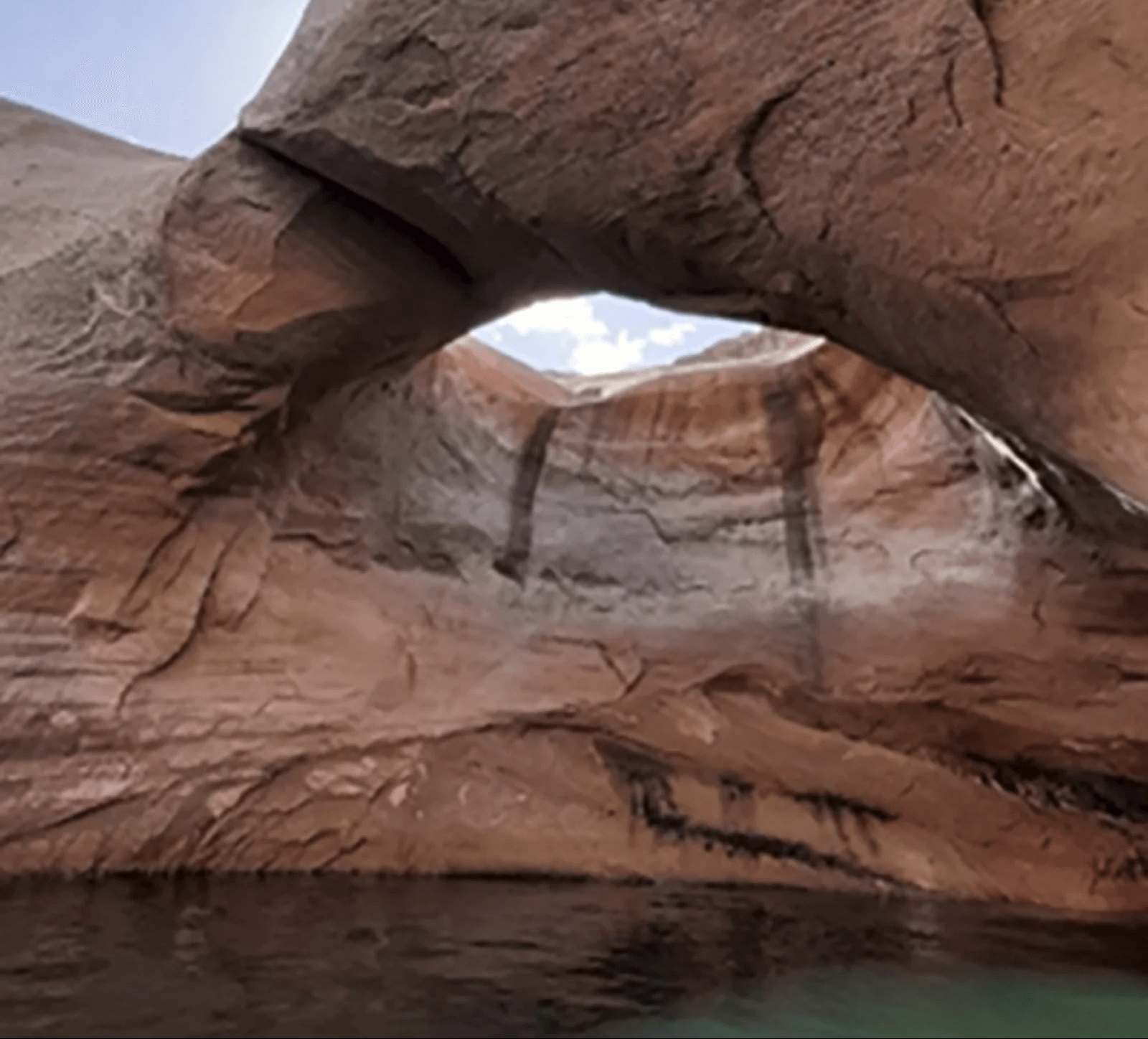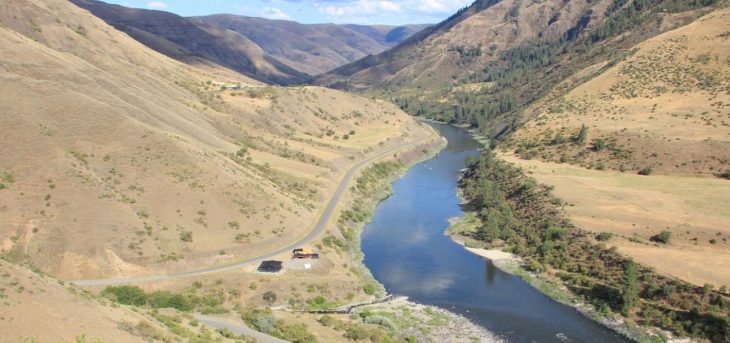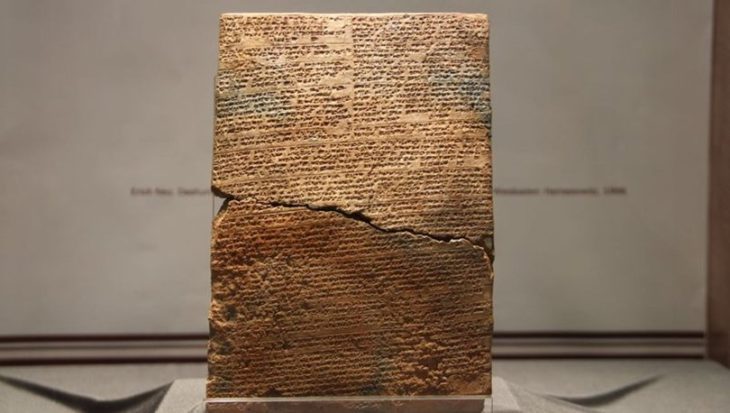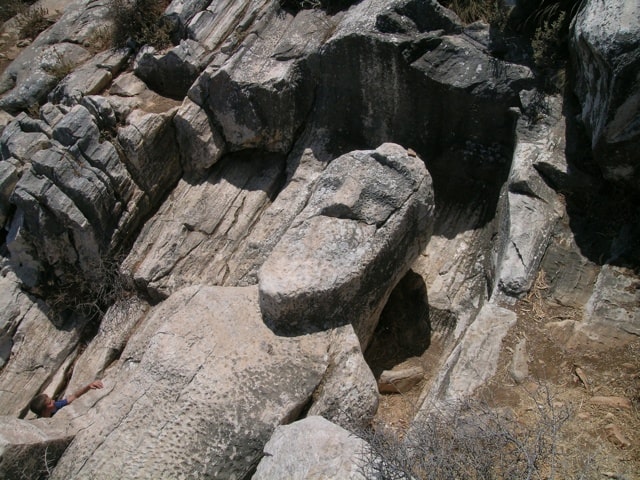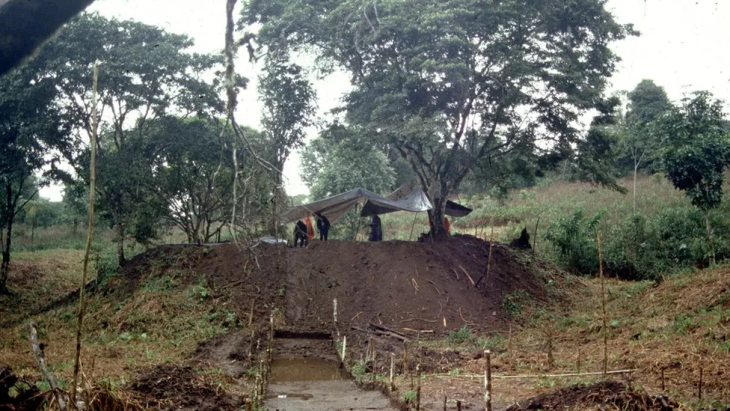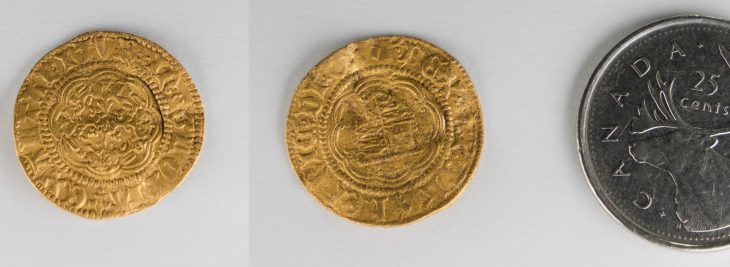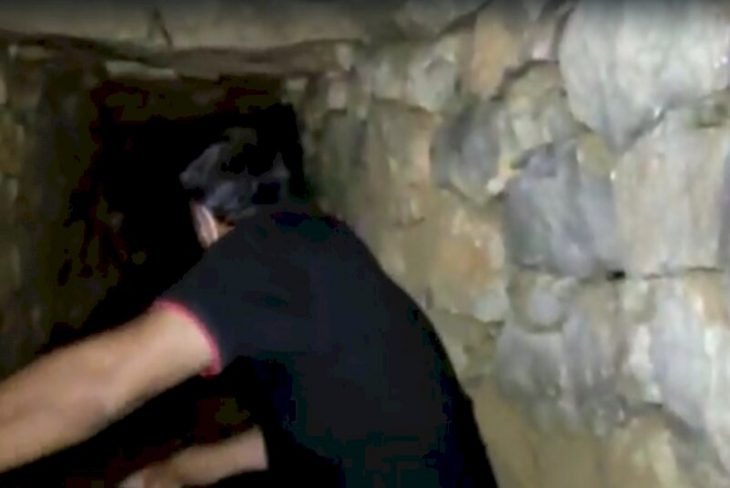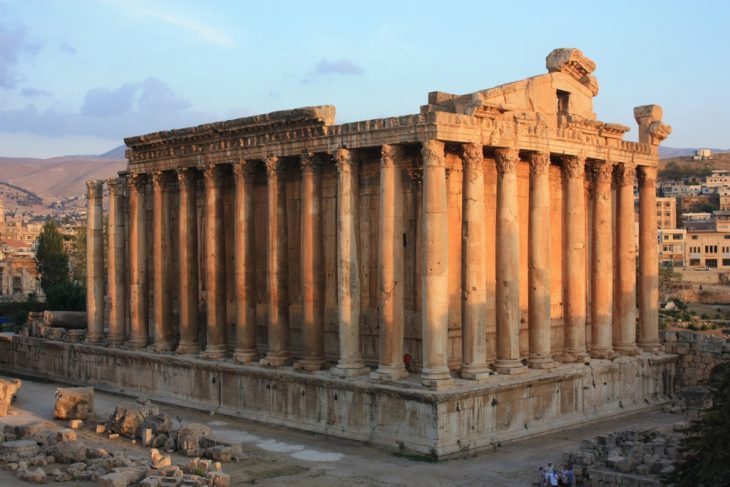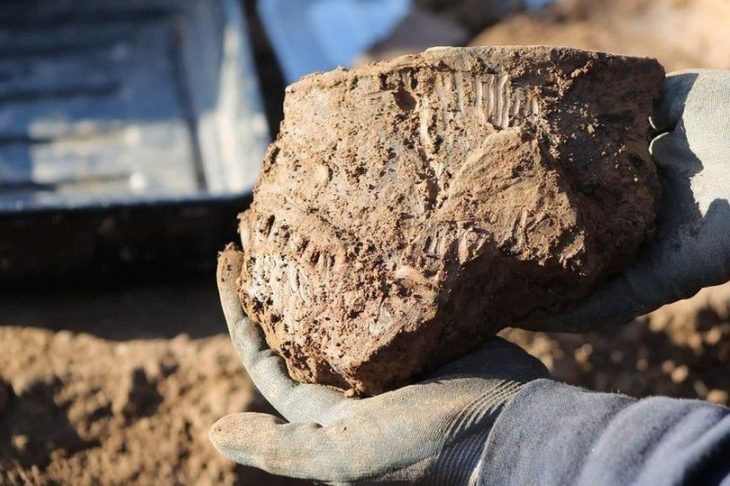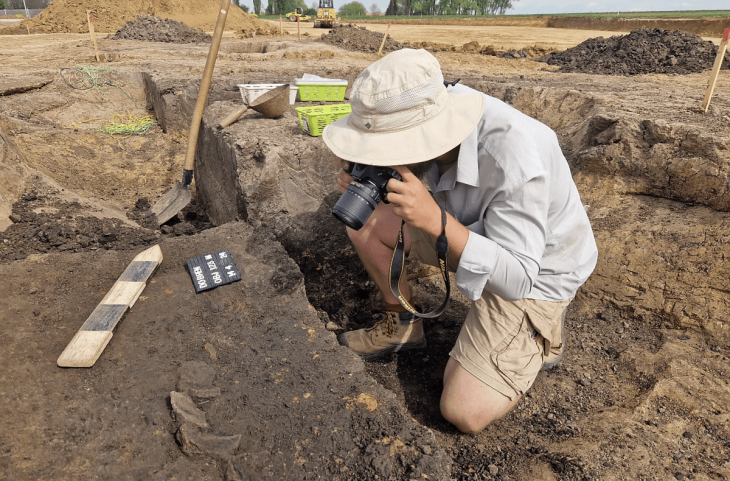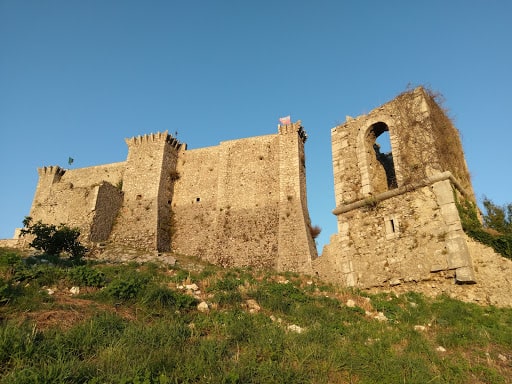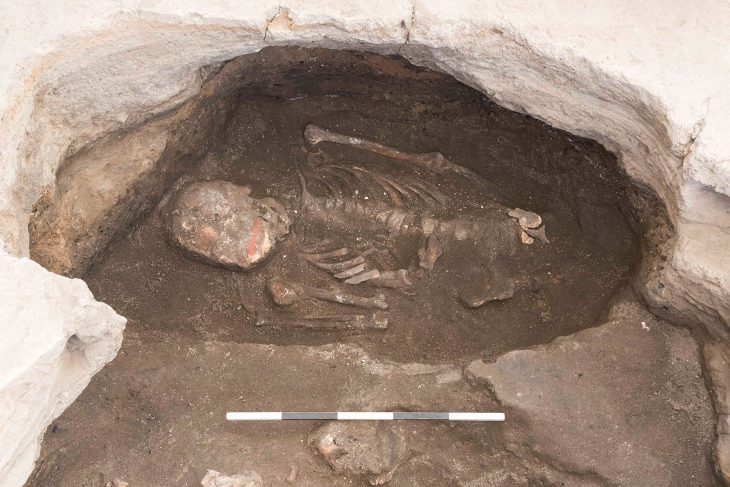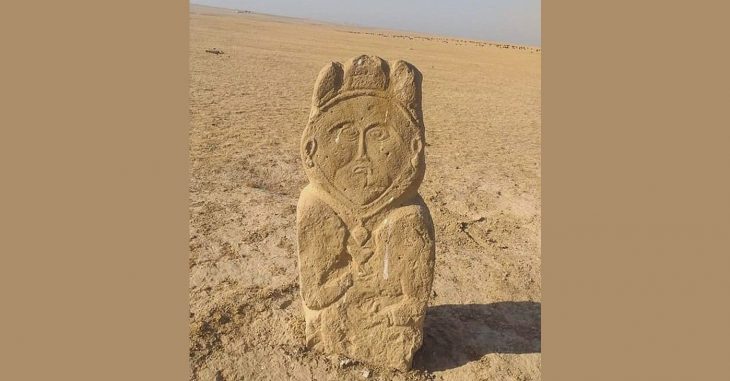Two ancient North American structures collapsed within just nine days of one another.
The iconic Double Arch, also known as the Toilet Bowl and the Hole in the Roof collapsed in Utah’s Glen Canyon National Recreation Area on Wednesday. 9 days ago a pyramid in the Ihuatzio Archaeological Site in the Mexican state of Michoacán partially collapsed under heavy rain.
Double Arch was a close-set pair of natural arches in Arches National Park in southern Grand County, Utah, United States, and was one of the better-known features of the park.
This ancient structure, made of Navajo sandstone and dating back 190 million years to the late Triassic and early Jurassic periods, has long been a popular tourist attraction. Double Arch takes its name because of it consists of two arches that share the same stone as a foundation for both of their outer legs. Double Arch was formed by downward water erosion from atop the sandstone, rather than from side-to-side water erosion.
The popular arch in the Glen Canyon National Recreation Area collapsed on Thursday, and park rangers believe changing water levels and erosion from Lake Powell waves contributed to its demise.
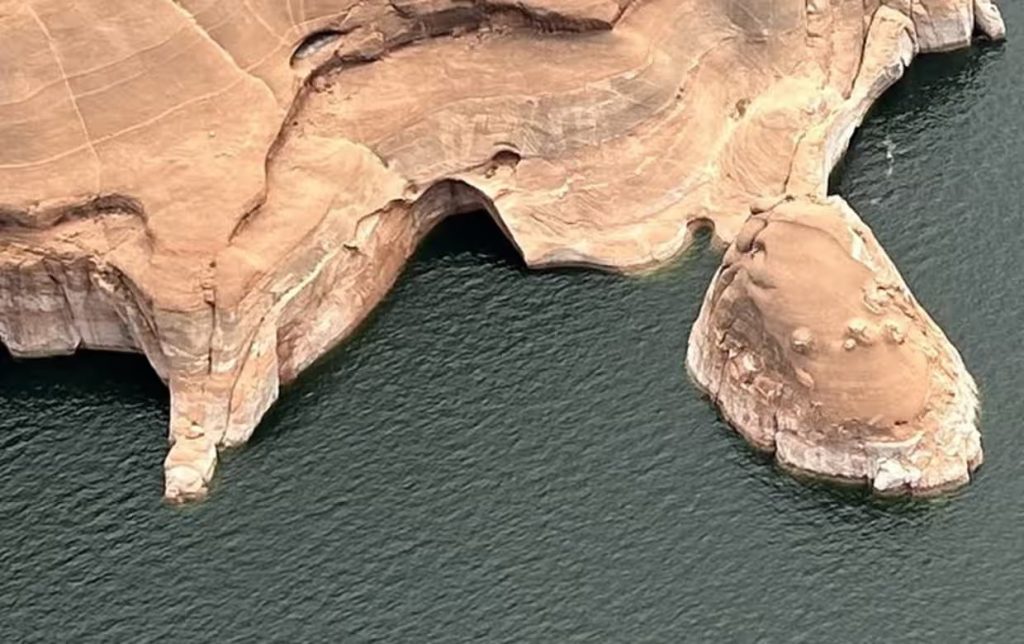
Michelle Kerns, superintendent of the recreation area that spans the Utah-Arizona border, said the collapse serves as a reminder to protect the mineral resources surrounding the lake.
“These features have a lifespan that can be influenced or damaged by manmade interventions,” she said in a statement.
The abrupt collapse of a structure with such historical significance prompts questions about how environmental changes affect geological formations.
The collapse of the Double Arch follows a recent event in Mexico, where an ancient pyramid at the Ihuatzio Archaeological Zone in Michoacán buckled under intense rainfall. The bricks on the roughly 1,100-year-old pyramid — a significant piece of the Purépecha people’s history — broke apart from the central part of the southern facade and spilled onto the grass. Further damage was discovered inside the pyramid, including at its core and retaining walls. Experts speculate that the Mexican pyramid may have cracked due to drought.
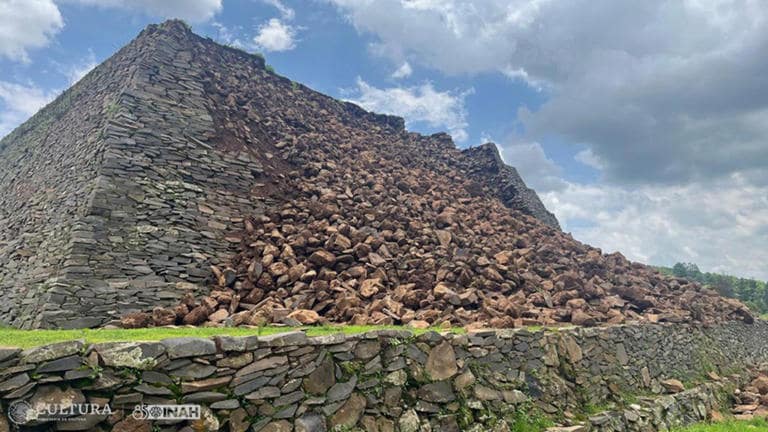
While experts believe that nature is responsible for the collapse of both structures, Purépecha tribesmen say there is a much more supernatural explanation for the cracking of cultural touchstones.
“For our ancestors, the builders, this was a bad omen that indicated the proximity of an important event,” Tariakuiri Alvarez told the US Sun.
“Before the arrival of the conquistadors, something similar happened, which for the Purépecha worldview of that time was because the gods Nana Kuerhaepiri and K’eri Kurikweri were displeased.”
Tariakuiri Alvarez, a Purépecha spokesperson, drew parallels to historical events where similar occurrences were interpreted as displeasure from deities. Alvarez noted that such events were seen as signals of significant forthcoming events or divine discontent in Purépecha tradition.

